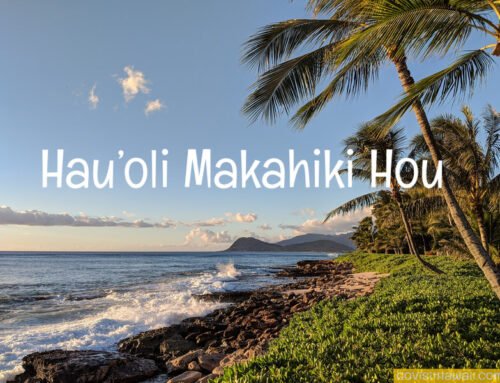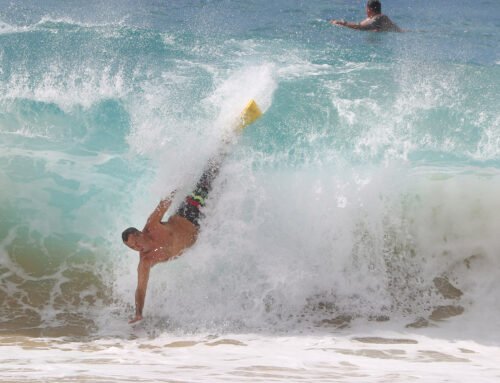Hawaii’s stance is that of a place where time slows, perhaps in a good and forward-thinking way.
As most of the country just left Daylight Saving Time (DST) and fell back into standard time today, Hawaii remains resolute in rejecting this now controversial time-altering practice. The fact is that Hawaii never embraced Daylight Saving Time, even when it was firmly established in the U.S. under the Uniform Time Act more than 50 years ago.
The state of Hawaii decided to opt out in 1967, a choice it never wavered from. While the rest of the U.S. and some of the world adjust their clocks twice yearly, Hawaii has steadfastly refused to join this temporal dance.
Hawaii’s unique position on DST can be traced back to its geographical location. Since it is situated far closer to the equator than the mainland states at a latitude similar to Mexico City, Hawaii experiences minimal variation in sunrise and sunset times throughout the year. The very concept of Daylight Saving Time, originally designed to optimize natural light usage, holds little practical advantage in a place where daylight remains relatively consistent.
Hawaii’s decision to reject Daylight Saving Time is not entirely isolated, as there are other U.S. locations and territories and many countries worldwide that also abstain from the practice mainly due to their similar latitude and daylight patterns. These include Arizona (except in some areas), which opted out after its brief experiment with DST in the 1960s, American Samoa, Guam, the Northern Mariana Islands, Puerto Rico, and the U.S. Virgin Islands.
A century of Daylight Saving Time: tracing its roots to World War I.
It was introduced to save energy and promote retail shopping on well-lit evenings. Over the years, its rationale has evolved, with claims of health benefits, increased recreational opportunities, and productivity gains.
The history of DST in the U.S. is marked by changes in policy, leading to the adoption of the Uniform Time Act in 1966, which stipulated a six-month standard time and a six-month DST period. States could participate or not, leading to varying observance across the nation. Arizona’s choice to opt-out was a notable example.
Congress’s efforts to make Daylight Saving Time permanent.
The proposal passed the Senate unanimously and appears to have stalled out despite strong bipartisan support for ending the practice. It also isn’t clear if the president would sign it even if passed. As Senator Marco Rubio aptly said, “This ritual of changing time twice a year is stupid.”
Notably, there was a period in the 1970s when the U.S. experimented with year-round Daylight Saving Time due to an energy crisis, although it was eventually curtailed.
As a result of Hawaii’s refusal to embrace DST, the state maintains within a consistent time zone, which can create unique challenges for those dealing with scheduling or connecting with the mainland. Hawaii remains two hours earlier than the West Coast until next spring, emphasizing its unique ways and temporal independence from the rest of the nation.
As the world debates the merits of this time-altering practice, Hawaii stands as a steadfast reminder of a simpler, timeless approach to keeping track of time.






Leave A Comment